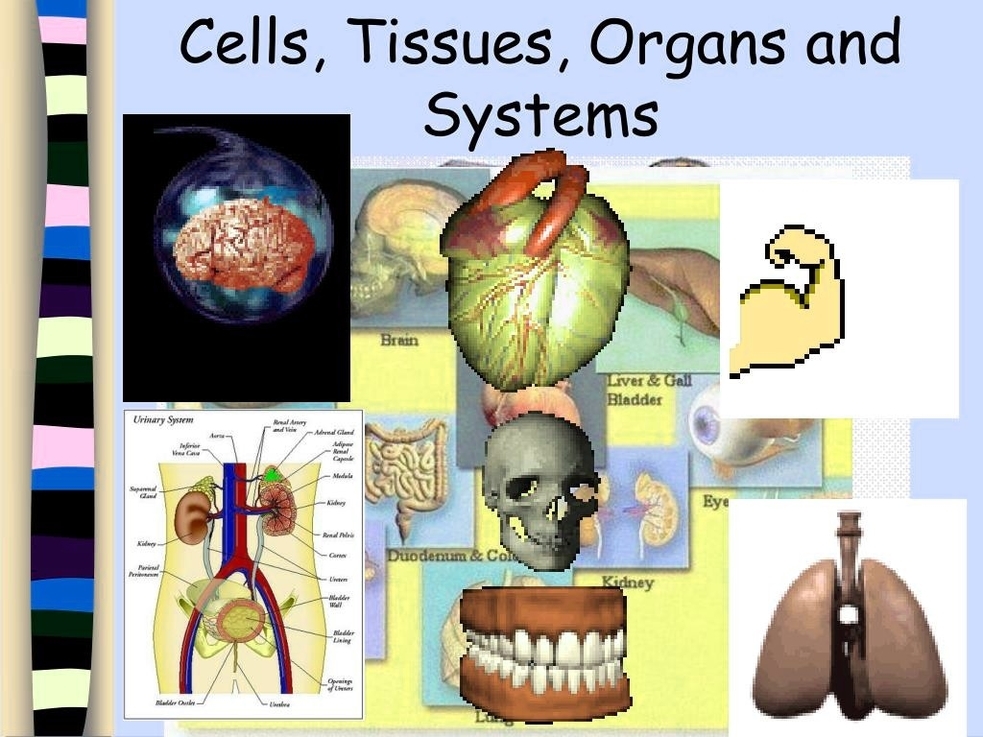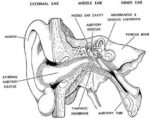Cells
Cells are the basic building blocks of all living things?. They provide structure for the body, take in nutrients from food, convert those nutrients into energy, and carry out specialized functions?. Cells also contain the bodys hereditary material and can make copies of themselves?. A cell can replicate itself independently. Hence, they are known as the building blocks of life?. Each cell contains a fluid called the cytoplasm, which is enclosed by a membrane?. The smallest known cells are a group of tiny bacteria called mycoplasmas. Cells of humans typically have a mass 400,000 times larger than the mass of a single mycoplasma bacterium.
Tissues
Tissues are groups of cells that have a similar structure and act together to perform a specific function?. There are four different types of tissues in animals: connective, muscle, nervous, and epithelial?. In plants, tissues are divided into three types: vascular, ground, and epidermal?. Groups of tissues make up organs in the body such as the brain and heart?. Connective tissue connects or separates groups of other tissues. It is found in between all the other tissues and organs in the body?. Muscle tissue comprises all the muscles in the body, and the specialized nature of the tissue is what allows muscles to contract?. Nervous tissue is found in the brain, spinal cord, and peripheral nerves, which are all parts of the nervous system?.
Organs
Organs are structures composed of two or more types of tissues that work together to perform a specific function. The human body contains many organs, such as the heart, lung, and kidney, with each organ performing a different function. Organs are organized into organ systems, each of which coordinates the activities of its constituent organs to carry out a specific physiological task. For example, the digestive system, which includes organs such as the stomach and intestines, helps the body break down and absorb food.
ystems
A biological system refers to a network of entities that work as a unit, functioning together as a unified whole. It refers to the hierarchical organization of life, encompassing ecosystems, organs, tissues, and cells. These biological components of a highly organized whole interact to maintain life processes. The human body system is an example of a biological system wherein organs work together to carry out a particular task. For example, the circulatory system, which includes the heart, blood vessels, and blood, works to transport nutrients and oxygen throughout the body.
In conclusion, cells, tissues, organs, and systems are all interconnected levels of biological organization. Each level builds upon the one below it, creating the complex web of life that we see in the world around us..



